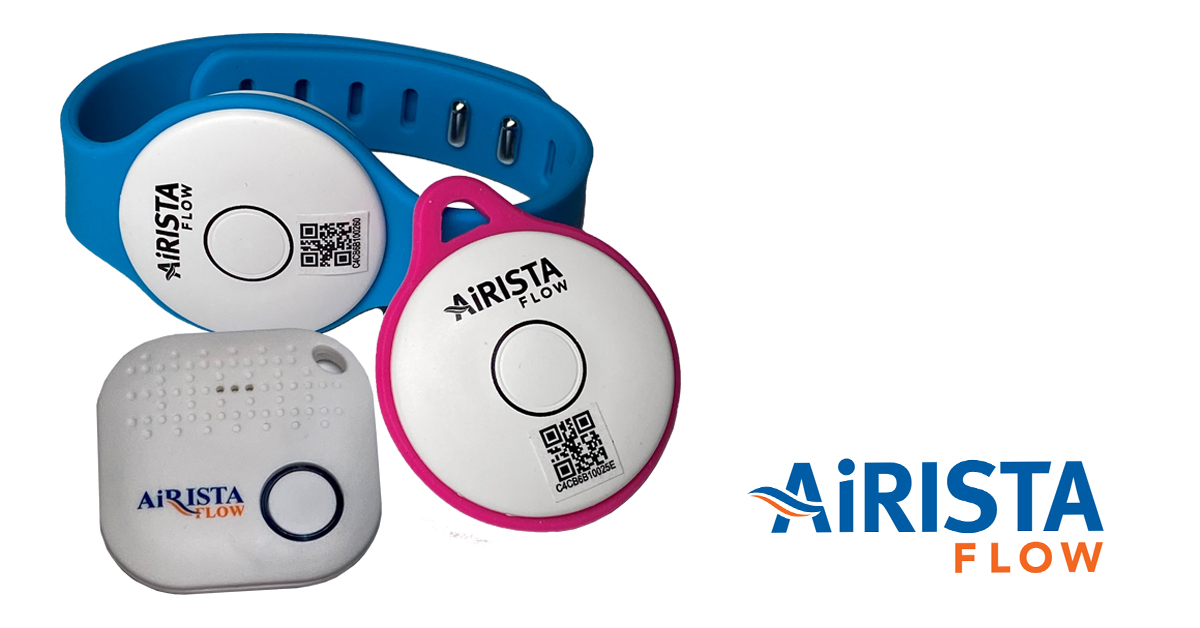People want to get back to work and for the sake of the economy they must get back to work. Job gains over the last 10 years have been wiped out and as of April, 22M people have filed for unemployment. We are entering territory similar to the great depression but unlike the 1930s these declines have hit over a few months.
Until there is a vaccine for the coronavirus, any plans to return people to work need to address recommendations from health experts.
- frequent testing of individuals
- procedures to maintain social distancing
- contact tracing after someone becomes ill
Solutions are being rushed to market. Makers of smart watches have introduced simple wristbands with short-range communication sensors to detect when you are within six feet of another wristband. The wristband then creates an alert to help reinforce social distancing behavior. Apple and Google announced a partnership to help automate contact tracing. Once you self-identify as infected, geo-location is used to identify other cell phones you came near. Automating this contact tracing process will help efforts which are currently based on interviews which are labor intensive and prone to error.
With a flurry of technology coming to market, what employers need is a reporting platform that collects incidents of contact from a variety of sources and provides simple dashboards of reports and analysis. With a single view into contact incidents, employers can.
- create real time alerts of excessive contacts
- categorize contacts by group such as “essential” worker or “at-risk” employees
- evaluate the effectiveness of mitigation measures
- look for “hot spots” by time of day or groups
- identify individuals whose contact rate indicates a role or function prone to contact
- provide contact tracing reports by employee over a specified period of time
Enter UVS. AiRISTA’s Unified Vision Solution is a cloud platform used in many industries as a message platform for location information. Its sensor agnostic southbound interface collects input from a variety of sensors and transposes the data into a common model. A rules engine facilitates workflows based on the data and issues reactions like send an alert, reposition a camera, push data to a display, etc. And the reporting engine goes beyond flat reports to provide analysis of the data assembled as widgets in a dashboard.
The platform was designed with IoT scale in mind.
- broker based architecture to dynamically handle loads at cloud-scale
- data streaming model that supports millions of packets per second
- multi-tiered data model that distinguishes between immediacy of in-processor memory, local memory and long-term storage in data lakes
- edge intelligence allows containerization of a UVS instance to run on small controller devices like Raspberry Pi.
With UVS, an employer or agency can consume information from the wireless devices used to detect social contacts. That information can be shared with and combined with data from 3rd party systems to create a more complete view of the health and risk level of the work environment.
For employers looking for a complete system including sensors, AiRISTA provides a family of sensors to be worn by employees. The tags use a unique feature of Bluetooth Low Energy which detects other BLE devices in the area. When people come within six feet of each other for a period of time, the device makes an audible chirp and a record of the contact is made in the UVS software system. Triggers for tag distances and event durations are configurable. The software system maintains reports and supports custom workflows for alerts and report generation. Platform analytics provide a view into behavior trends, potential hot spots, and reports at individual, group and department levels.
Tags communicate with the software platform using existing Wi-Fi systems, employees’ smart phones, or small gateways provided by AiRISTA. The system can integrate securely with government databases and third-party applications. For details see the solution brief.
AiRISTA Location Services Solutions, are the heart of some of the world’s largest deployments representing over 100,000 customer end points as well as demanding environments like the California Department of State Hospitals and the US Defense Health Services.





